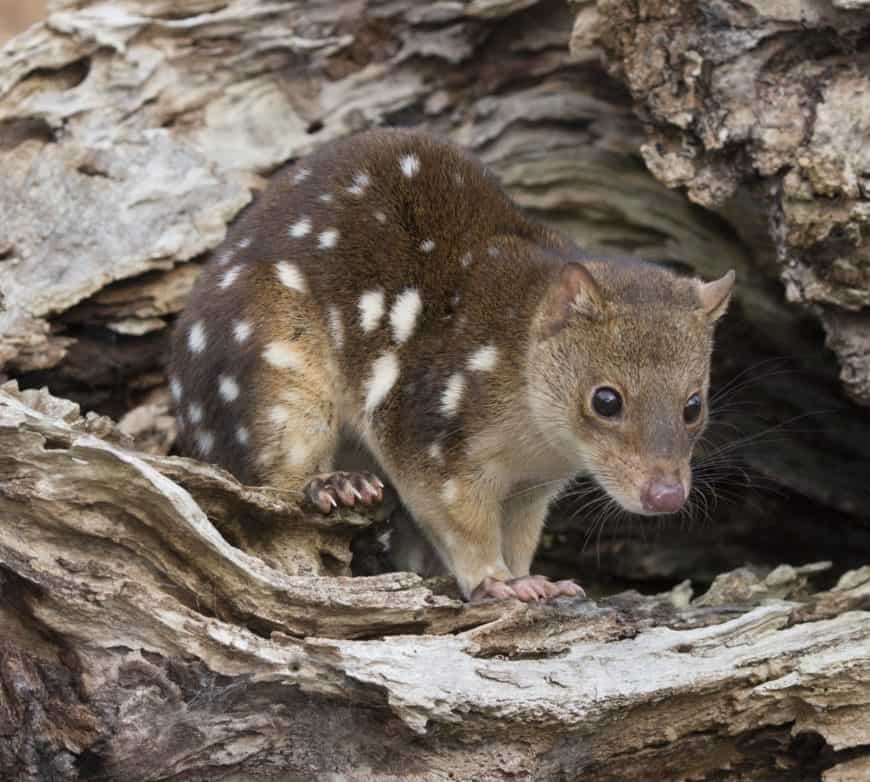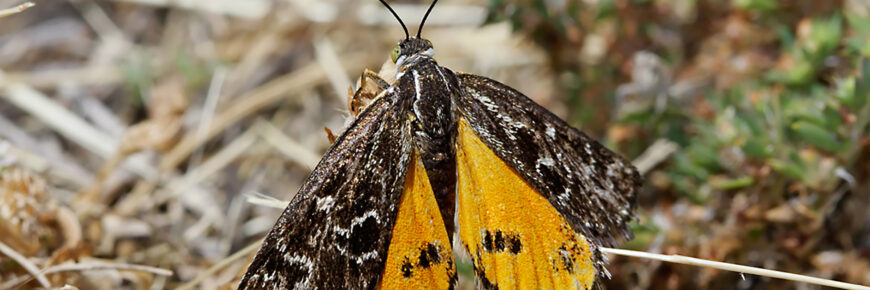An alliance for nature
We’ve joined forces with local community groups to make sure nature has a voice in these planned developments.
We can have homes for wildlife and people
The rolling farmlands that flank Geelong were once abundant wildflower meadows, cared for by First Nations for millennia. Eastern Quolls rustled through Kangaroo Grass and Spiny Rice-flowers, along with bouncy Bettongs and Fat-Tailed Dunnarts.
Today Geelong and Melbourne are bursting at the seams, and our towns and cities are looking for ways to accommodate our growing communities.
The farmlands that were once grasslands are now set to become Geelong’s newest suburbs. Amazingly, endangered creatures like Striped Legless Lizards and Golden Sun Moths still live in these changing landscapes.
While Eastern Quolls may be long gone, the challenge now is finding room for everyone without destroying the remnant grasslands and their critters.

The City of Greater Geelong has proposed a growth area that covers 7000+ hectares and houses 110,000 people.
They’ve created a plan for how they’ll protect nature while the new housing estates are built. It’s called the Geelong Strategic Assessment. Much of the land that will be used is not public, but privately-owned.
The plans include clearing important habitat for endangered plants and animals. Some land will be kept for conservation, but most is set to be bulldozed.
The City of Greater Geelong have released a whopping 900+ pages for public comment. We’ve created a guide to help communities understand what the plans mean and how they can respond.
Submissions closed 5pm Monday 25 September 2023
Need help? Please contact Adrian Marshall, Grassy Plains Network Facilitator for futher info – [email protected]
The Growling Grass Frog (Litoria raniformis), is also known as the Southern Bell Frog or Warty Bell Frog. Growlers have a low guttural call and are one of the largest frogs in Australia. Growlers “sit and wait” for their prey, which can be small lizards, fish, insects or other frogs.
Growlers like still or slow moving water, with emergent vegetation around the edges but few trees, and mats of floating and submerged plants. Versatile critters, they can live in farm dams, irrigation ditches as well as creeks and rivers. They like to move between waterbodies on rainy nights. They have been found 200m from water.
There is going to be a Conservation Areas along Cowies Creek that is intended to protect the Growlers that call it home. The proposed boundaries are too tight, creating choke points that don’t give the frogs enough room to move.
Found in the dwindling grasslands of Victoria, habitat loss and degradation are the main threats facing these fascinating frogs. Growling Grass Frog used to be common but their numbers declined suddenly in the 1990s.
Growling Grass Frogs are listed as Vulnerable under both federal and state nature laws.
These amazing lizards live in and between the grassland tussocks and in cracks in the soil and under rocks, places that legs can just get in the way.
Their range is small (a dozen meters), and during the day they hunt for spiders, crickets and other bugs and insects. They bromate (a more casual type of hibernation) when its cold.
They can grow to 300mm long, grey-brown above and cream below, and have stripes along their body. They can drop their tail if threatened. The pattern of scales on the back of their head are unique to each individual and are the Stripy’s “fingerprint”.
Only found in grasslands there are four known population of Stripies in the Northern and Western Geelong Growth Areas. The proposed area plans officially protect one of those four, but the future of the other three are uncertain. That’s not enough.
They’re listed as Vulnerable under both federal and state nature laws.
This mysterious Golden Sun Moth (Synemon plana) spends two to three years underground, feeding on the roots of grasses. It then emerges for just one to four days in late spring to early summer to fly low over the grasslands in search of a mate.

Sun Moths are medium-sized with a three to four cm wingspan. They prefer to live in open native grasslands but also enjoy some introduced exotic weeds like Chilean Needle Grass.
There are large numbers of them in the Northern Area with 700 hectares of Golden Sun Moth habitat. Only the best 100 hectares of habitat is earmarked for protection and the rest cleared, as it’s too ‘degraded’. More Sun Moth habitat needs to be set aside, and Geelong should restore the ‘degraded’ grassland to better condition for such a sigificant population.
Golden Sun Moths are listed as Vulnerable under both federal and state nature laws.
Victoria’s grasslands really need protection. They once covered almost a third of the state, but a tiny 1 per cent remains, much in poor condition. Grasslands are home to many threatened plants and animals like the Striped Legless Lizard, Growling Grass Frog and Golden Sun Moth.
Apart from one Conservation Area being set aside to protect grassland-loving Stripies and Golden Sun Moth, none of the hundreds of hectares of grassland across the Northern and Western Geelong Growth Areas is assured any protection.
We need to bring back lower quality grasslands to their former glory, not clearing it for “sustainable” housing.
The development pushes against the Moorabool River and Cowies Creek. We’re concerned these waterways will become degraded, putting pressure on aquatic critters.
The Moorabool is home to rare native fish like the Australian Grayling, and Cowies Creek has Growling Grass Frogs along its length.
There are going to be Conservation Areas along these waterways, but at the moment the proposed boundaries are tight, creating choke points that don’t give the creatures like the Growling Grass Frog enough room to move.
We don’t want to see intrusive development on the Moorabool’s extensive flood plain.
The truth is that while we need homes for both – looking after wildlife habitat is not just about frogs, flowers and lizards. It’s about clean air, water, a healthy climate and soil for our food, livelihoods and wellbeing.
We’ve joined forces with local community groups to make sure nature has a voice in these planned developments.
We’ve joined forces with local community groups to make sure nature has a voice in these planned developments.